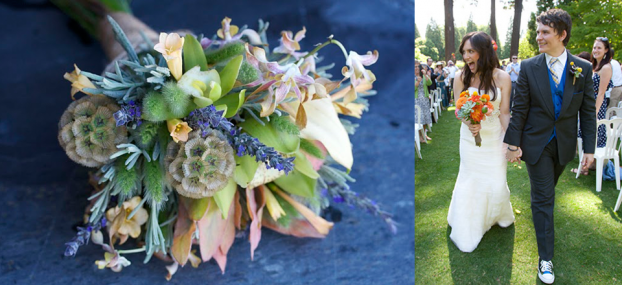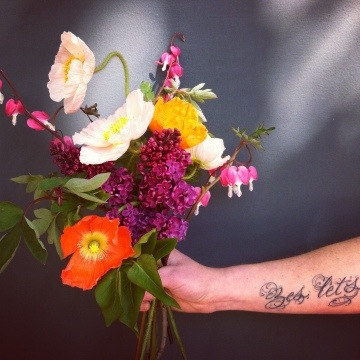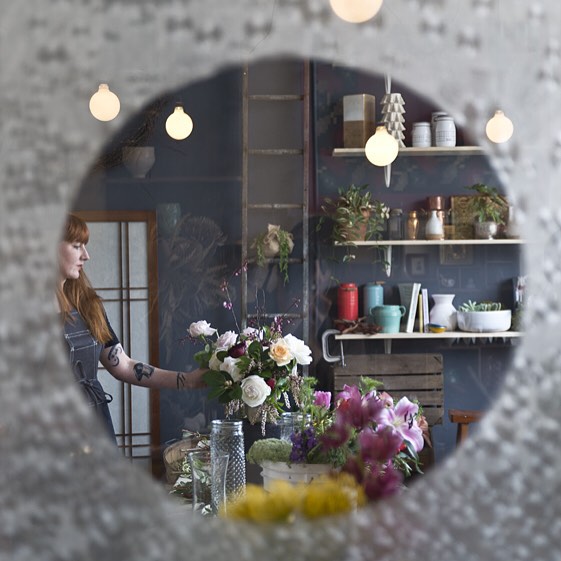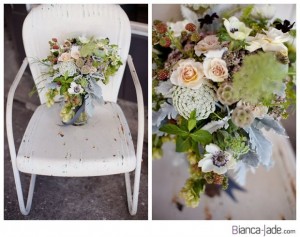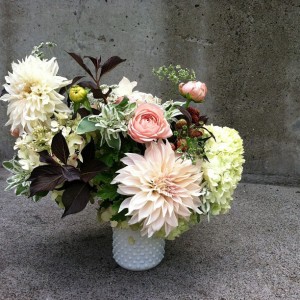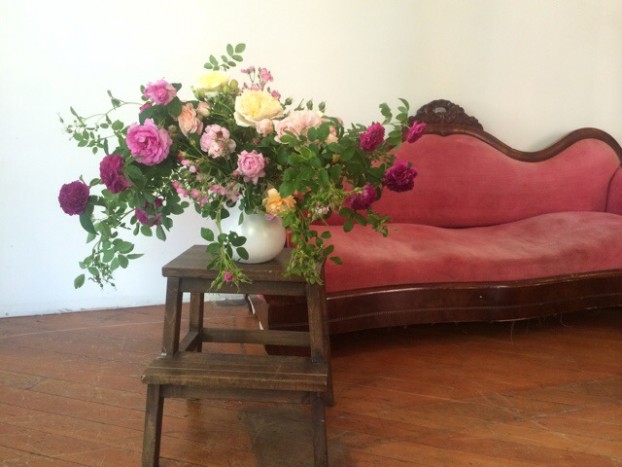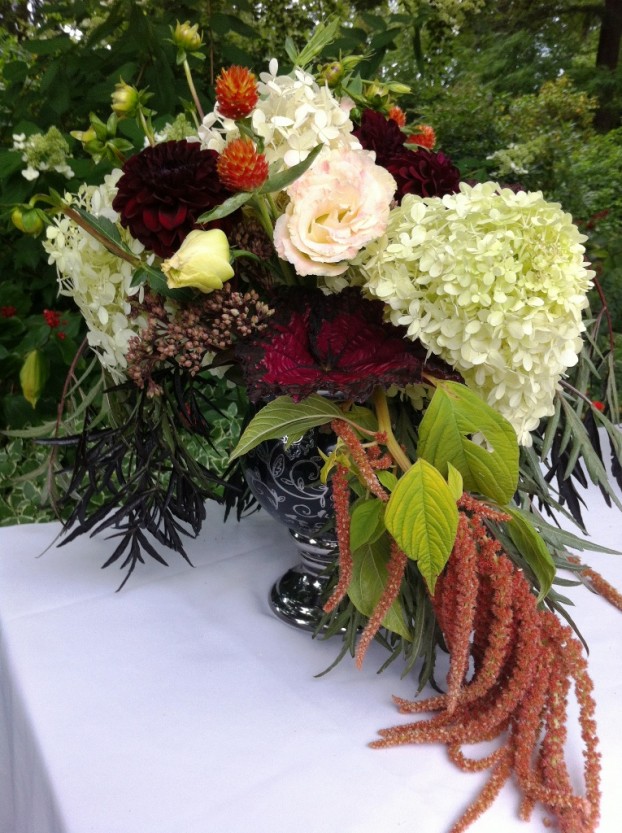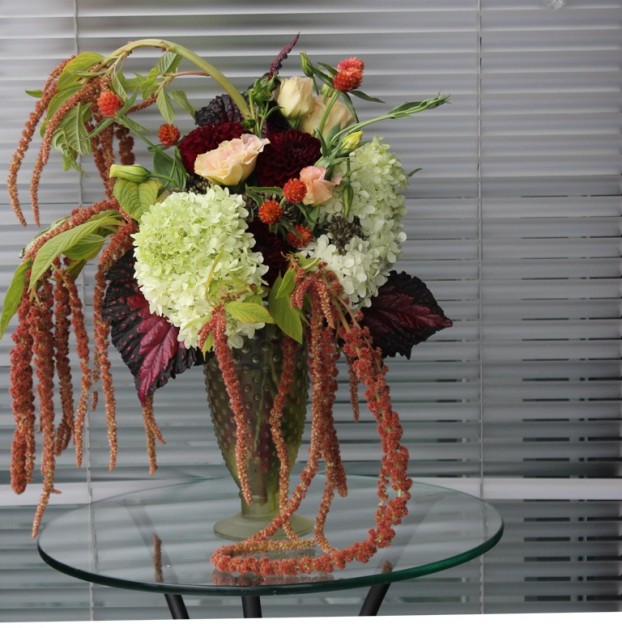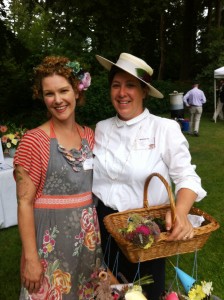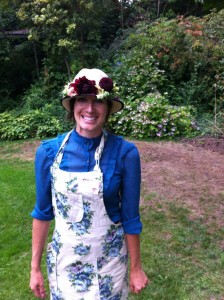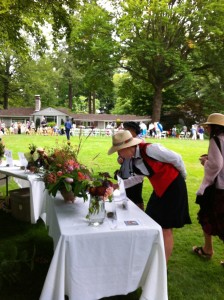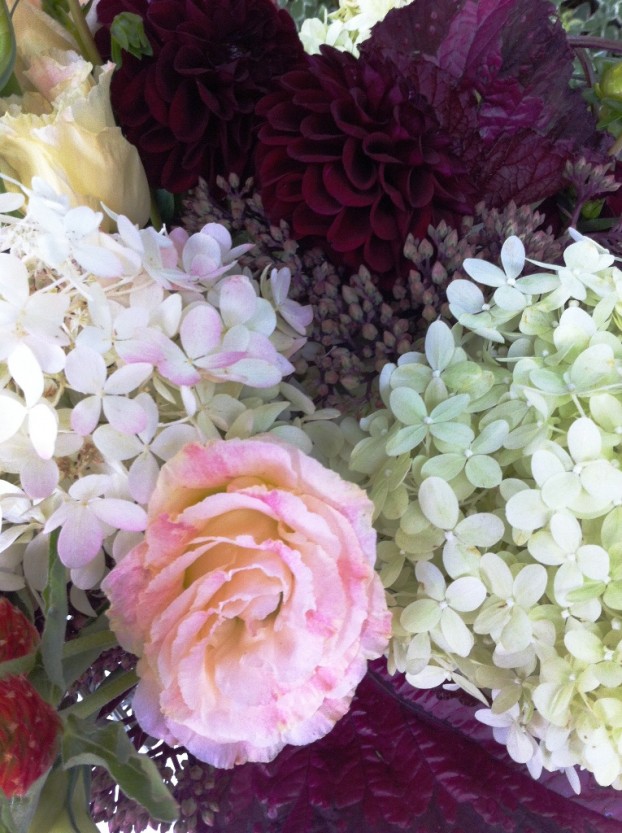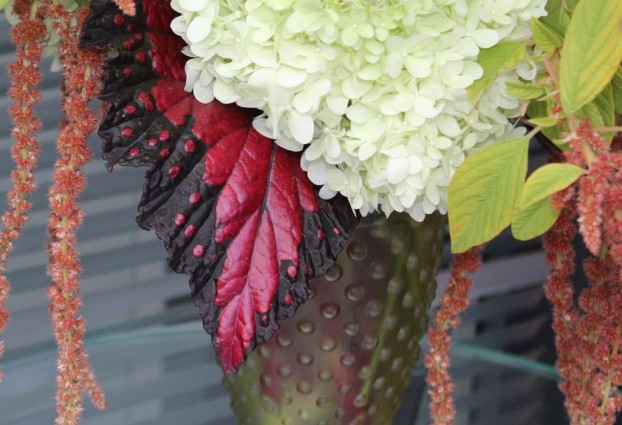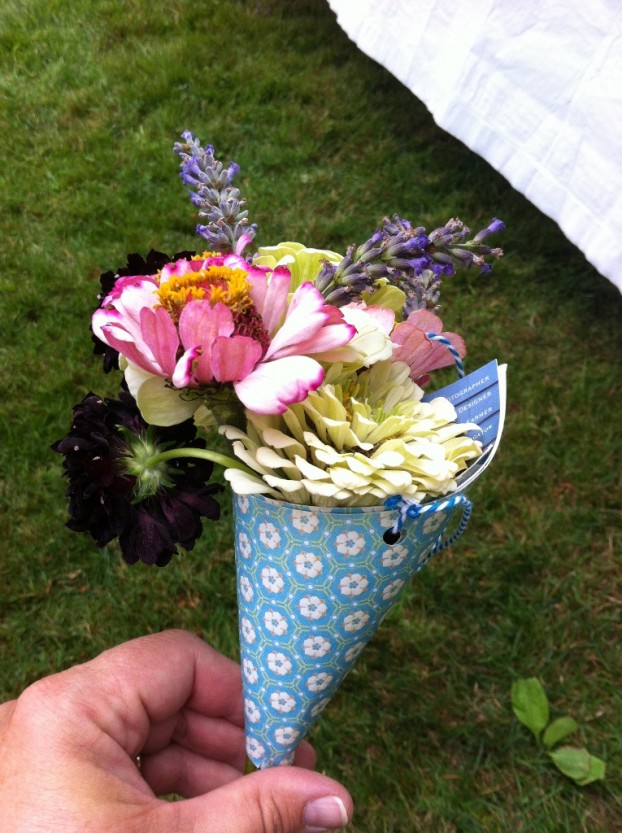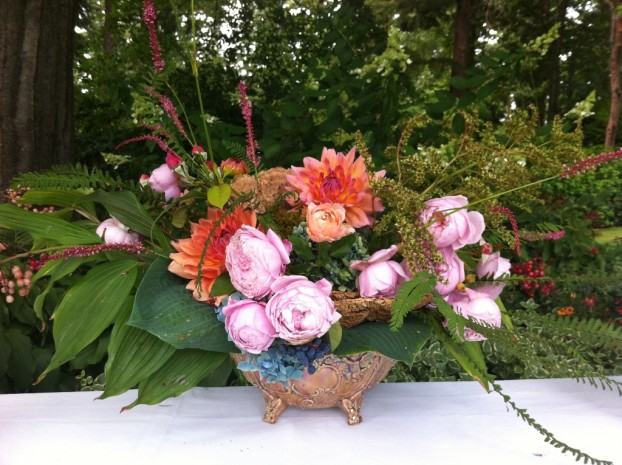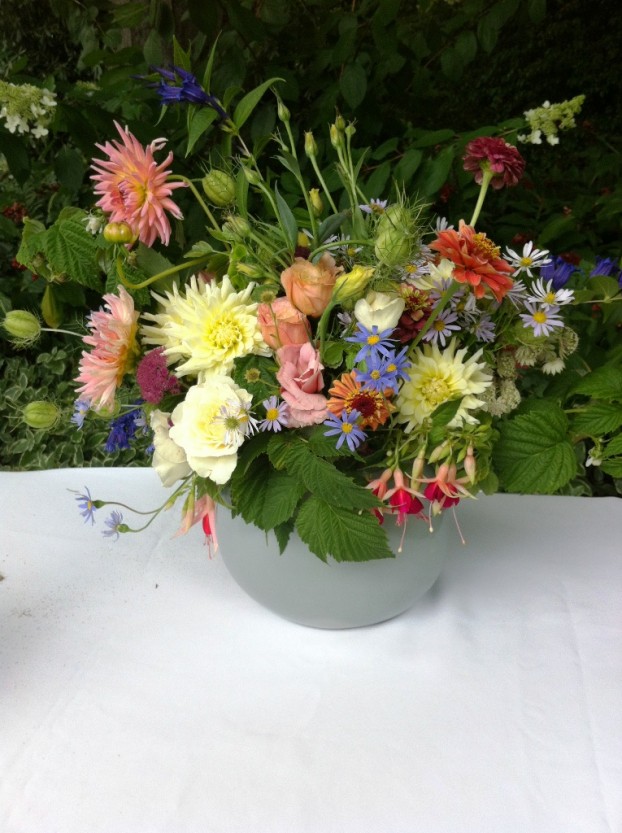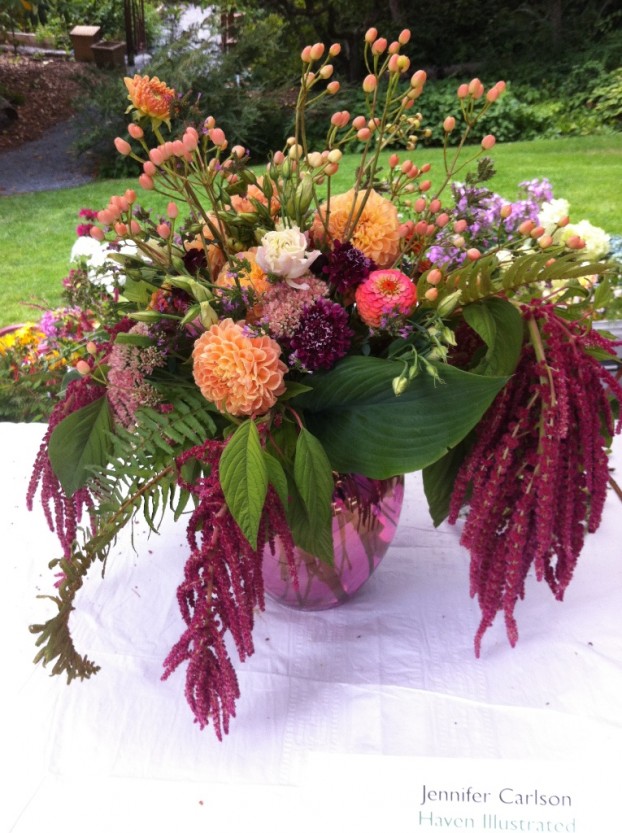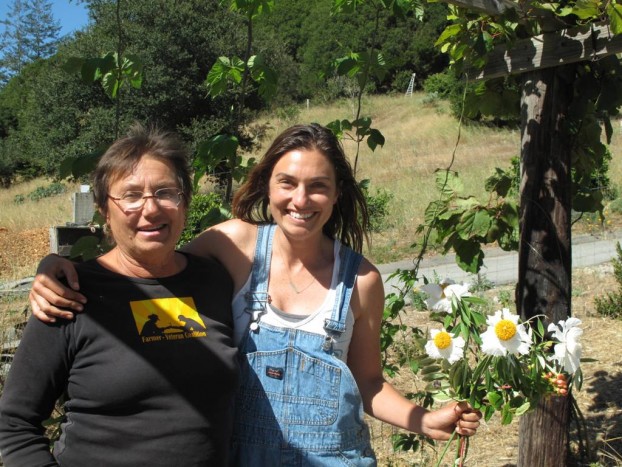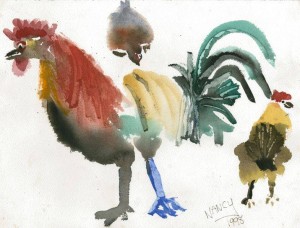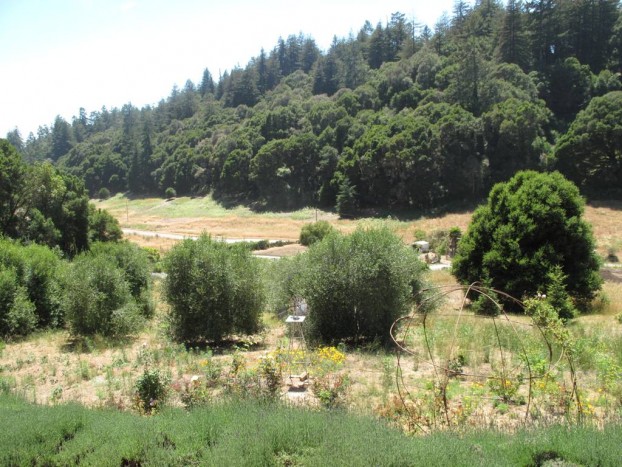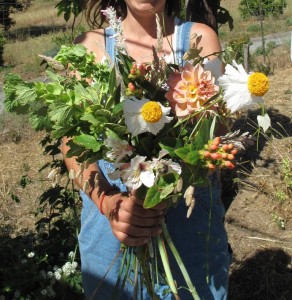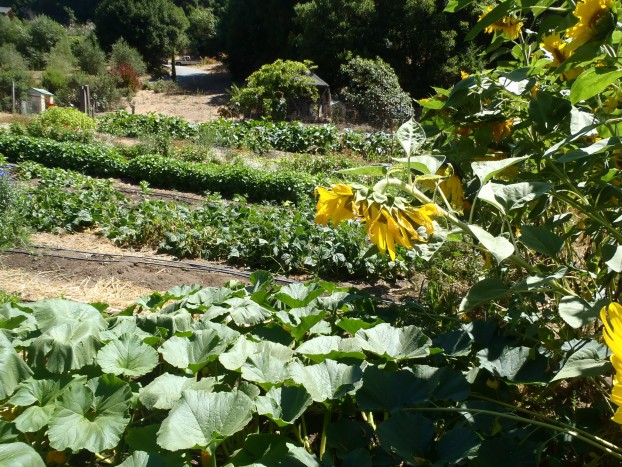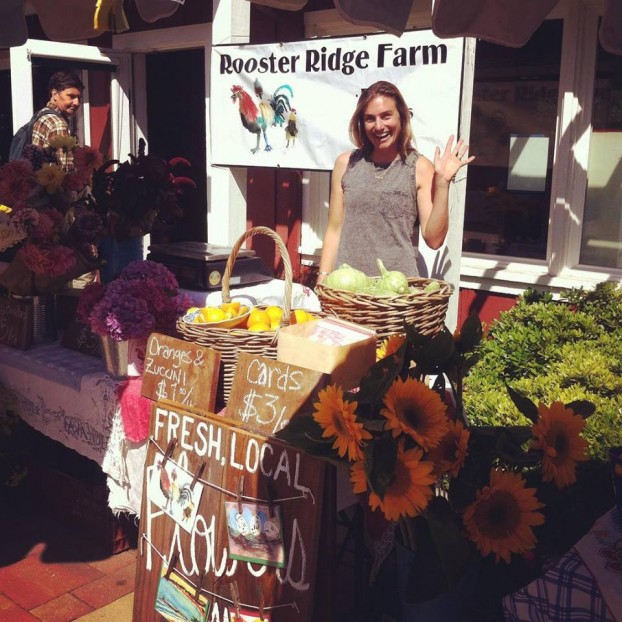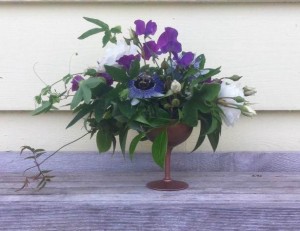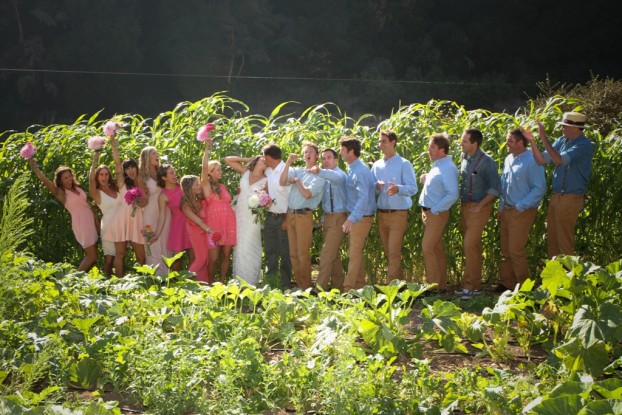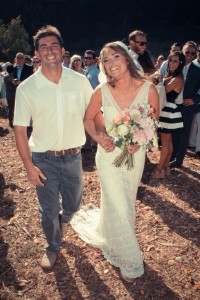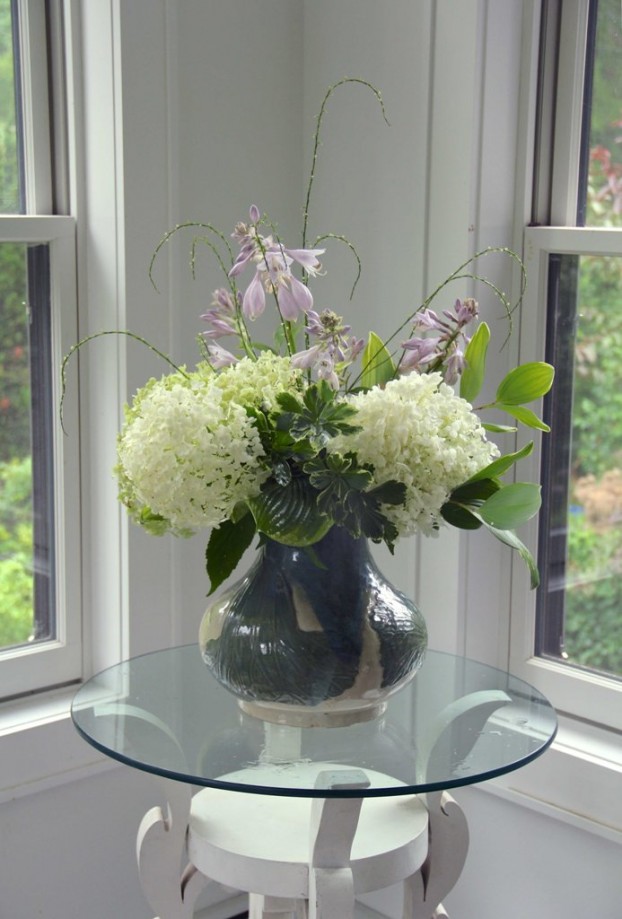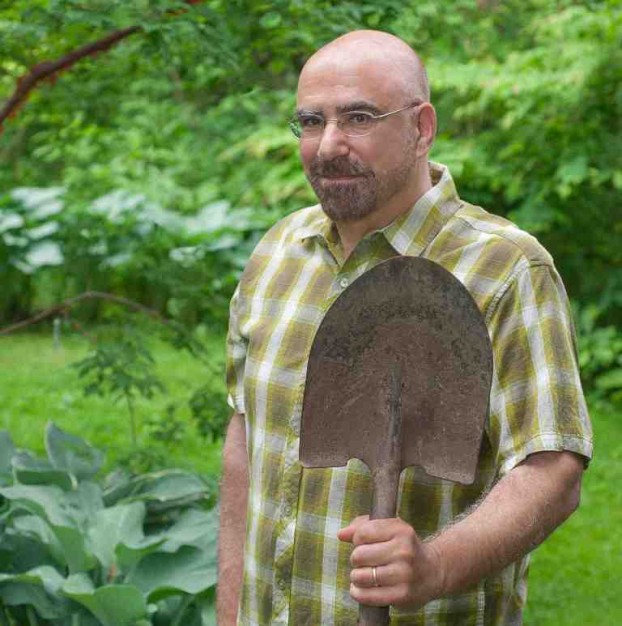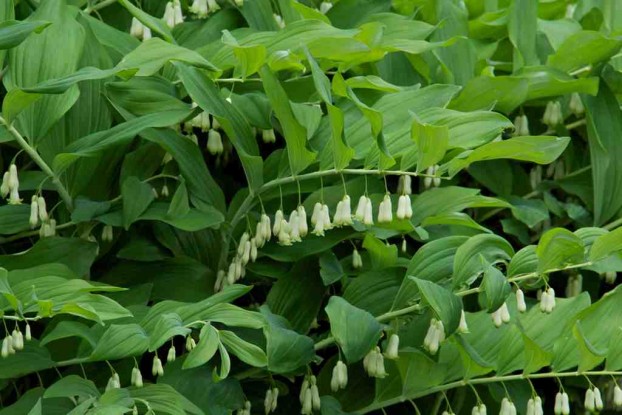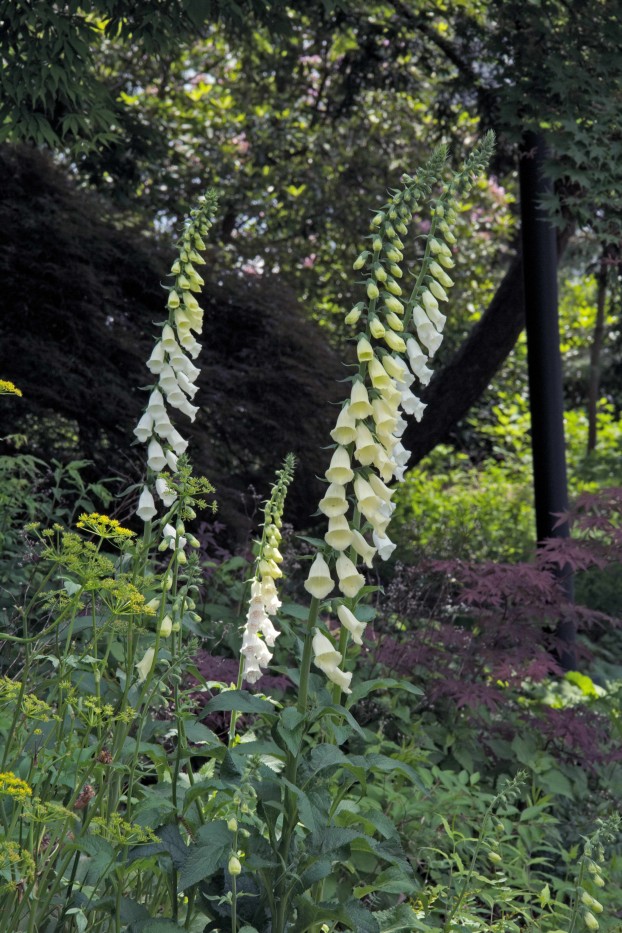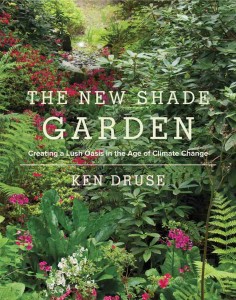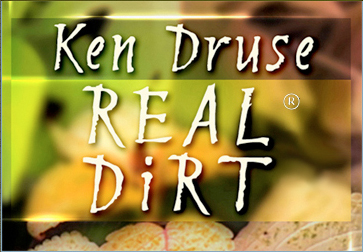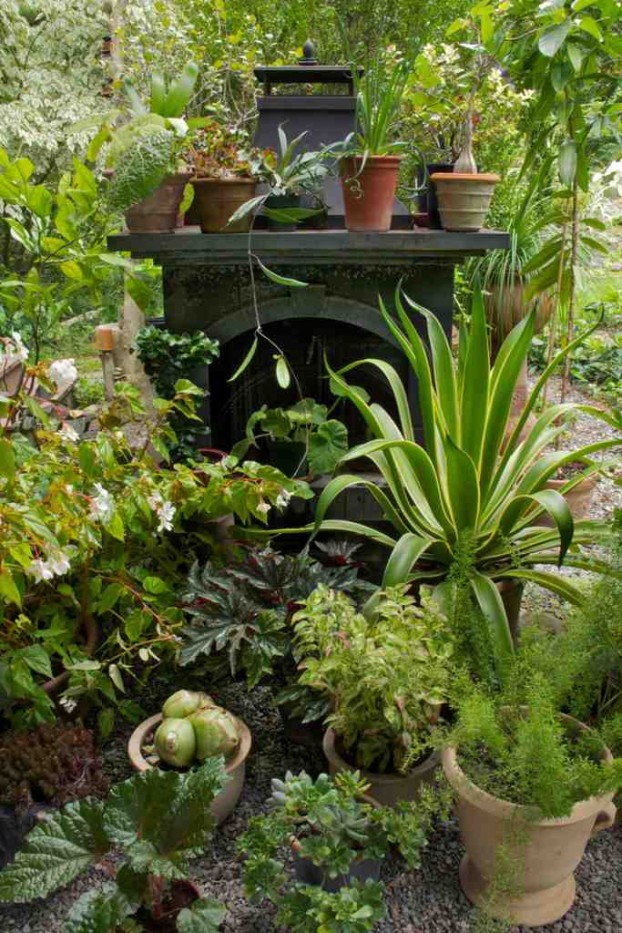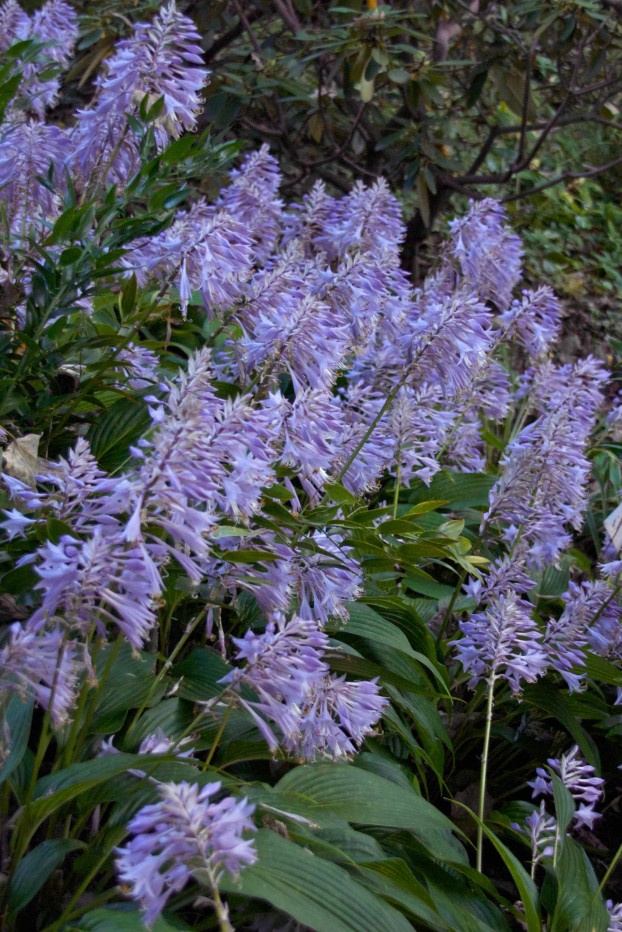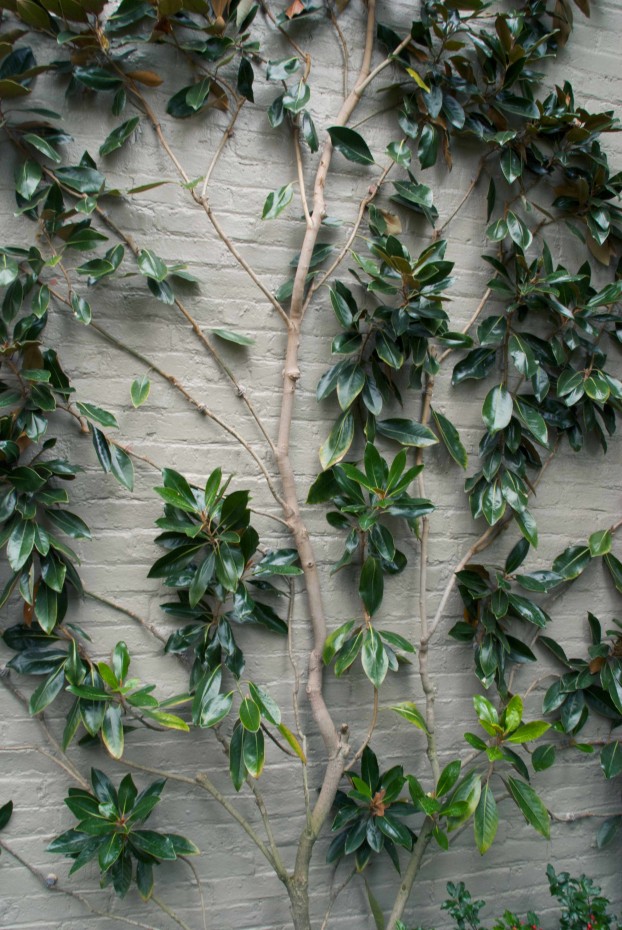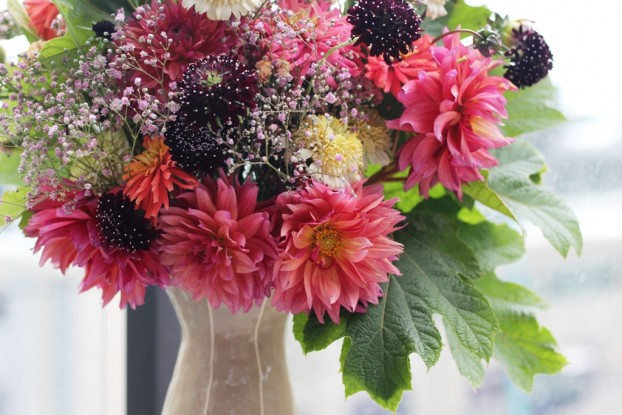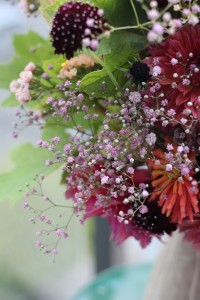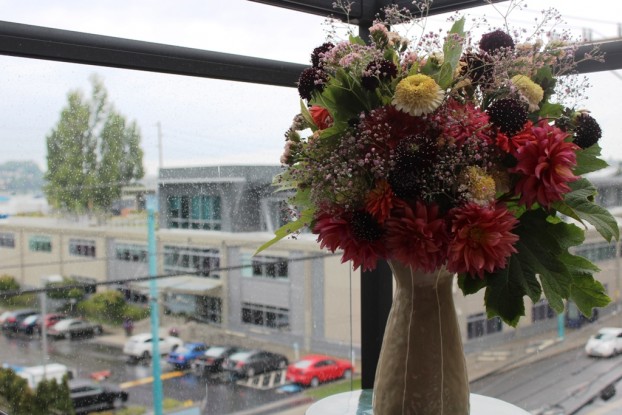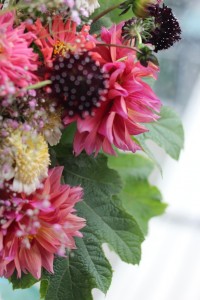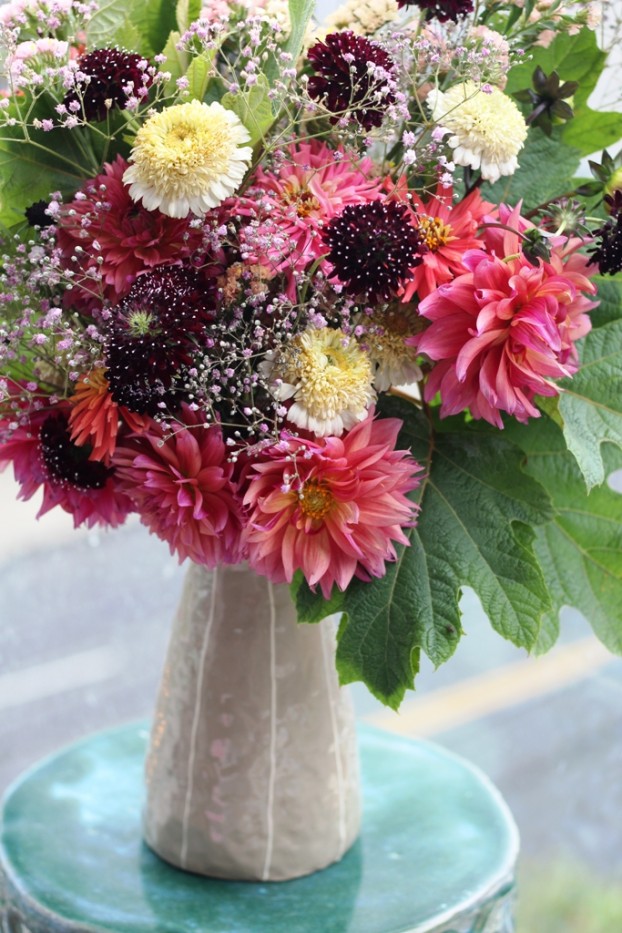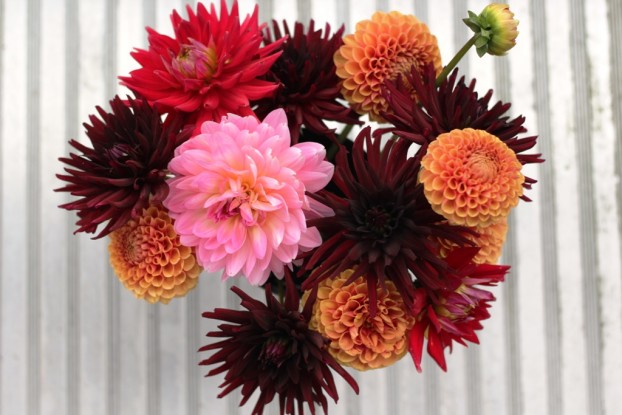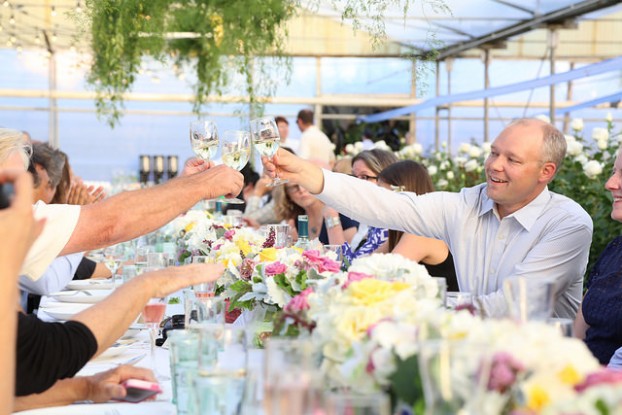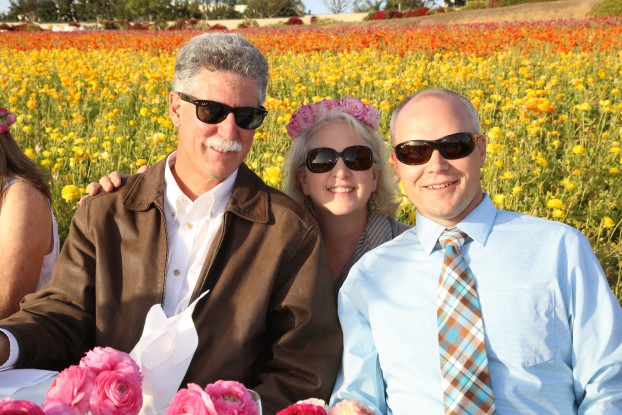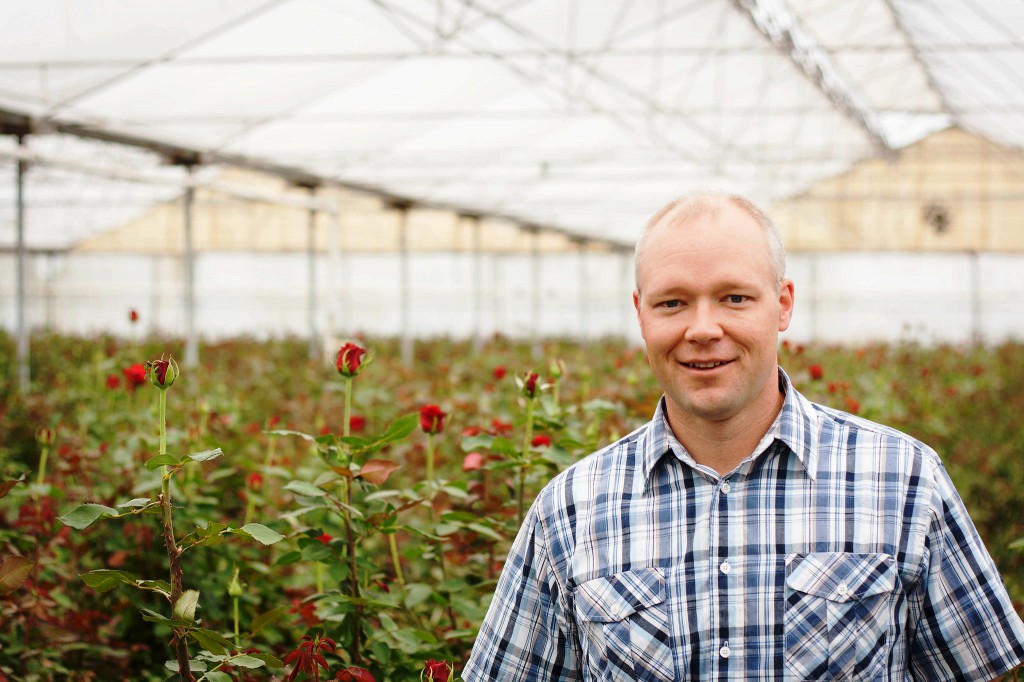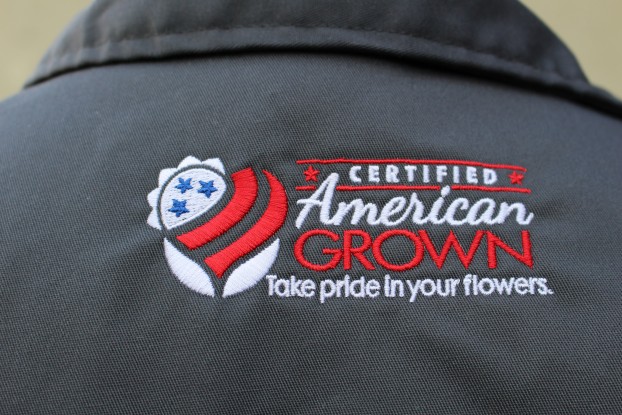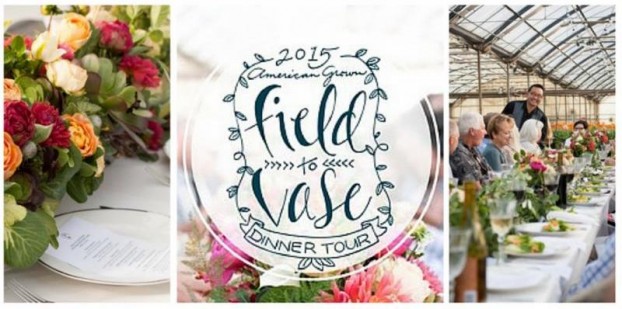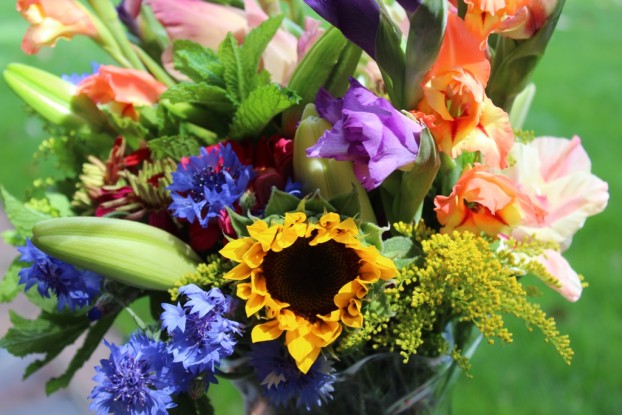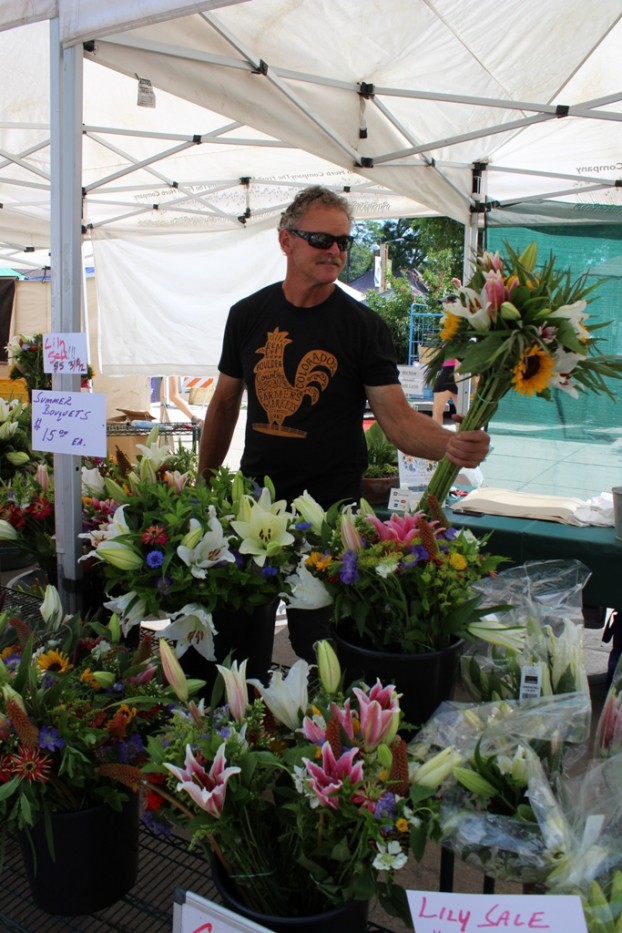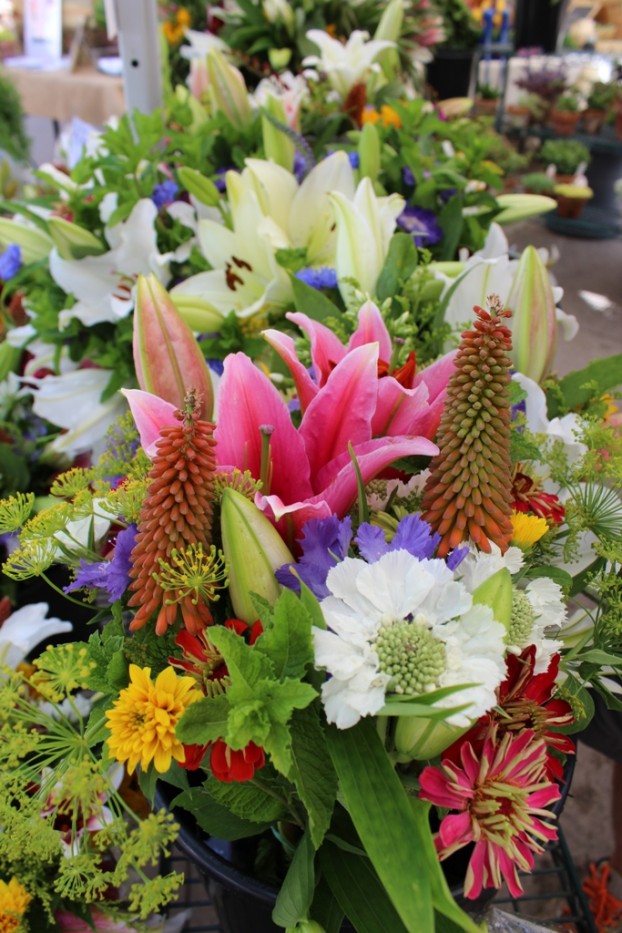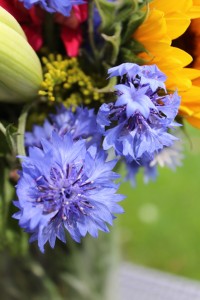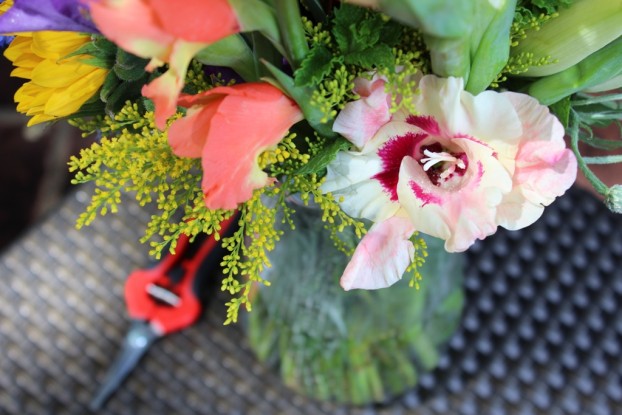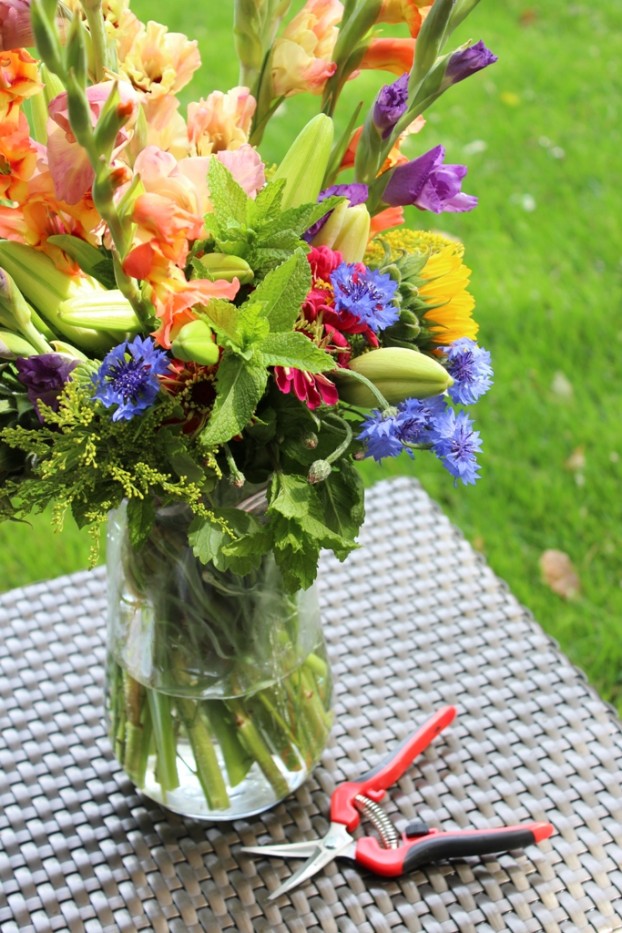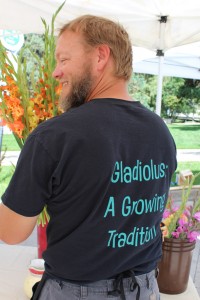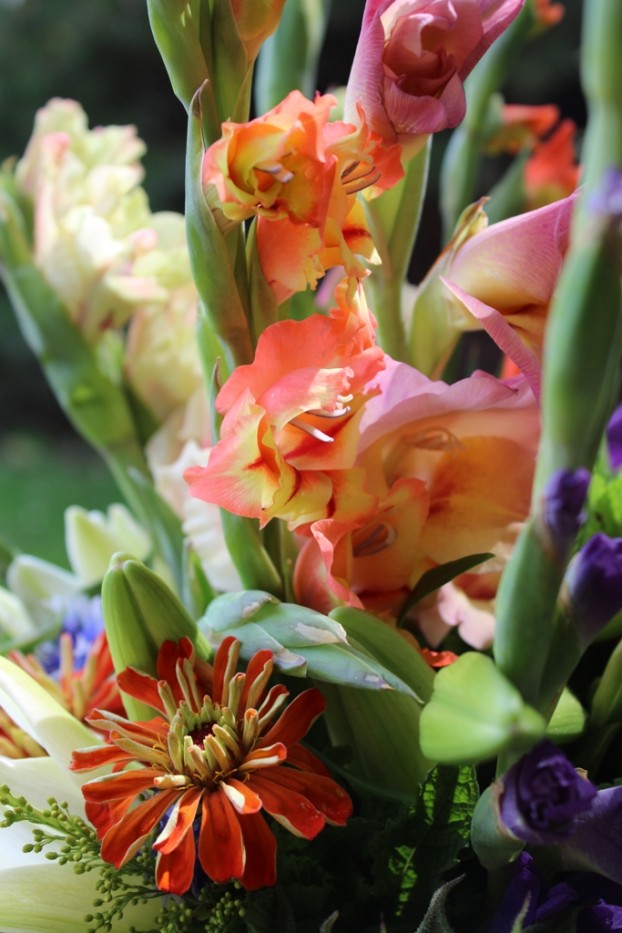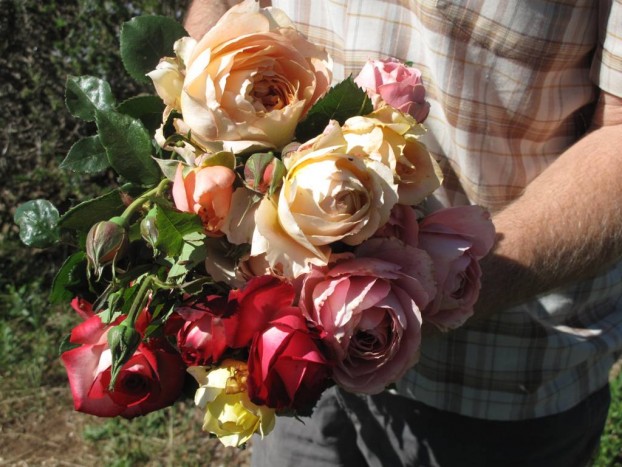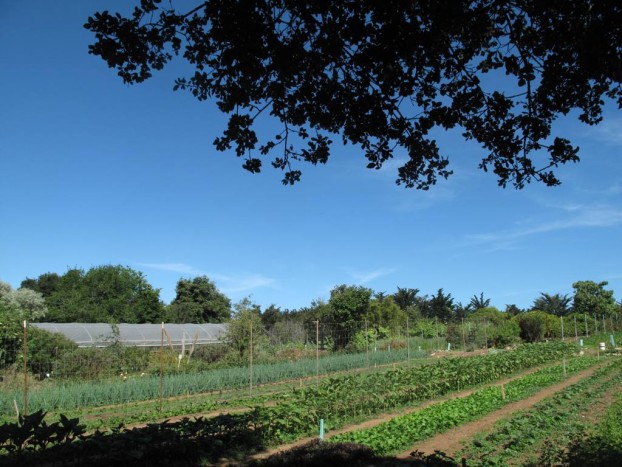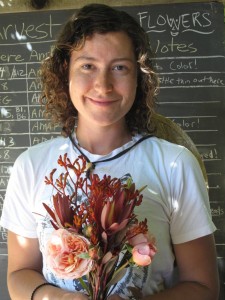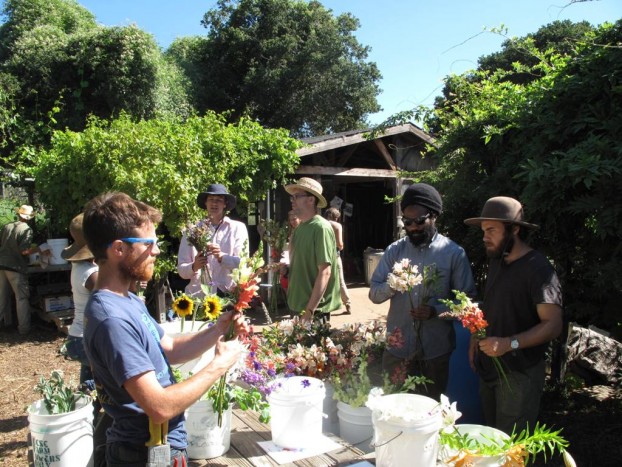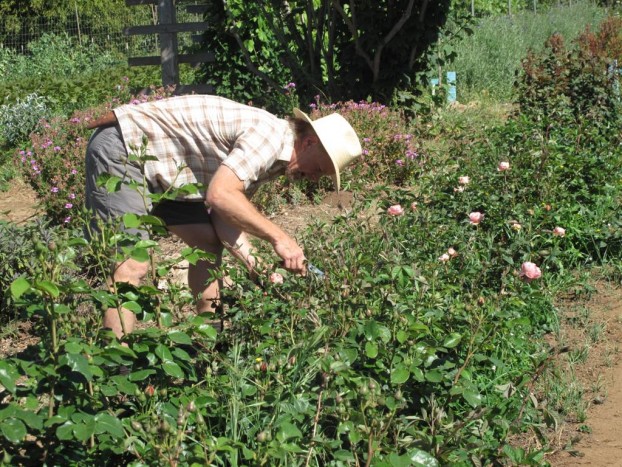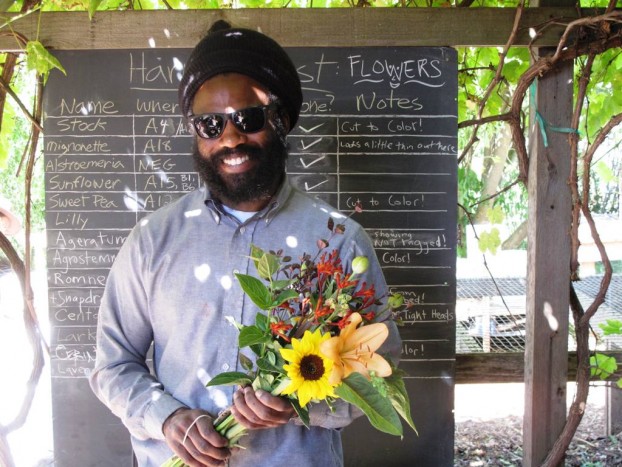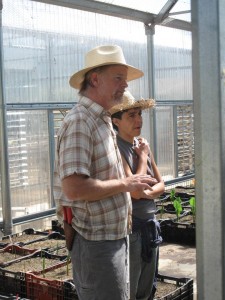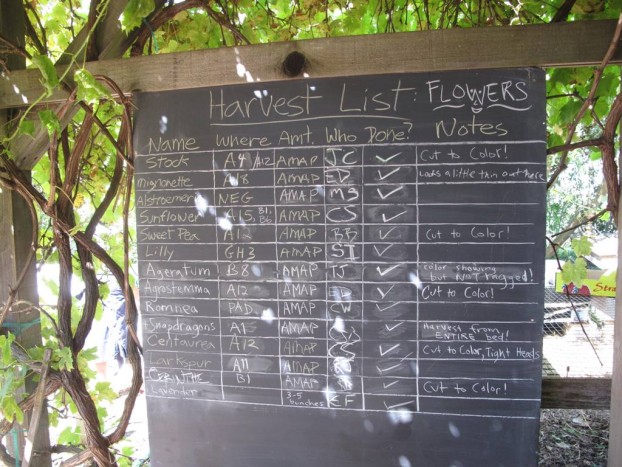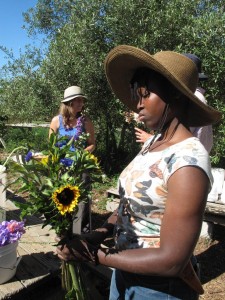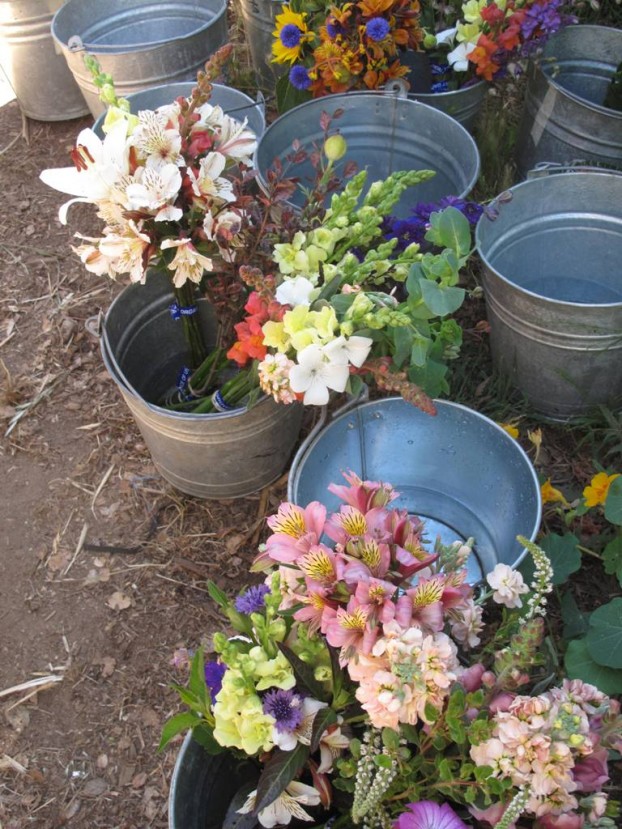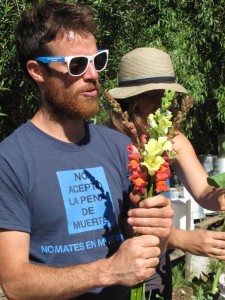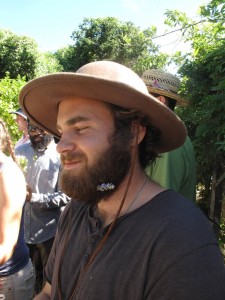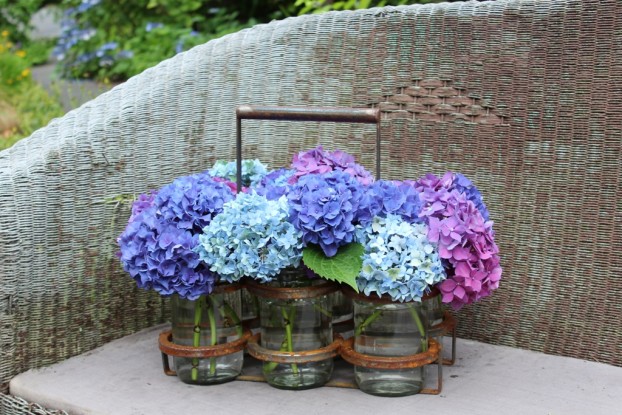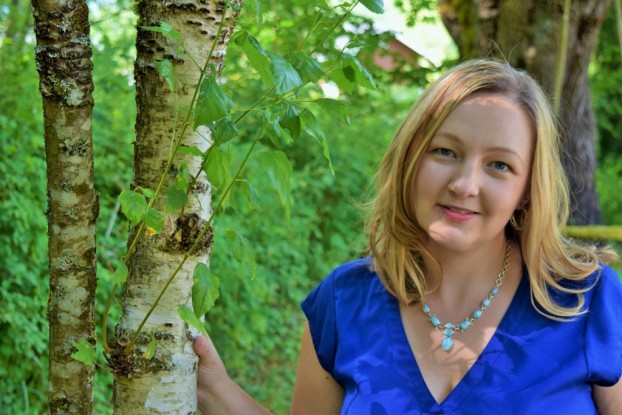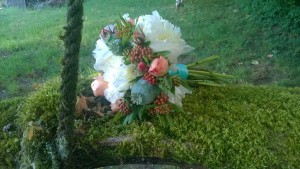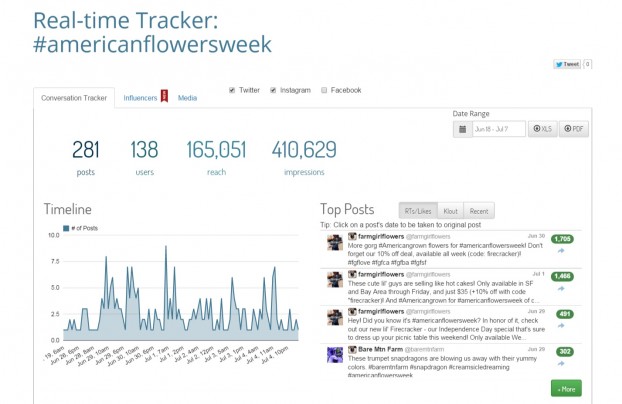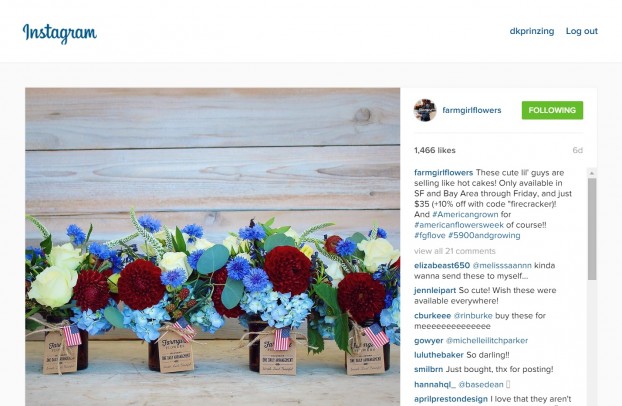Podcast: Play in new window | Download
Subscribe: Apple Podcasts | Podcast Index | RSS | More
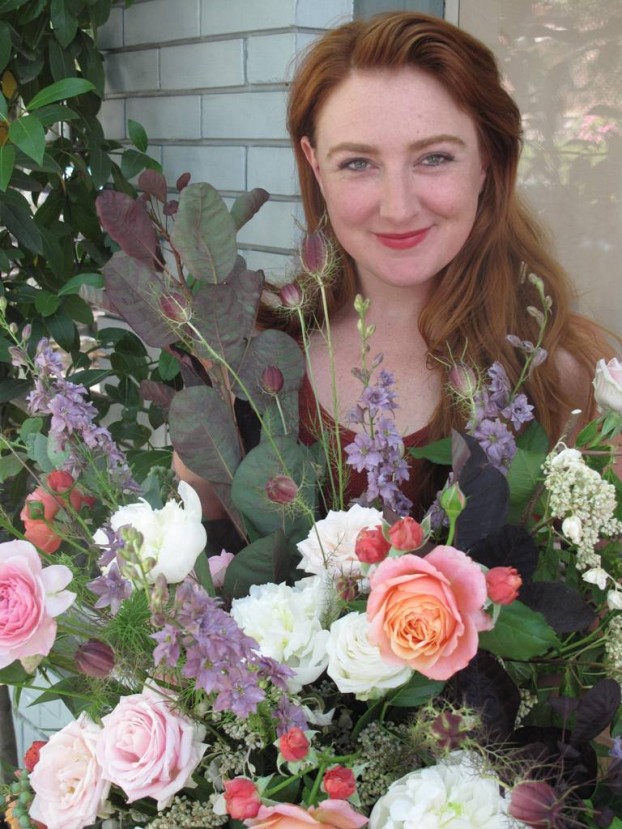
Elizabeth Artis with some of her favorite summer flowers, photographed in Portland, Oregon, in late June 2015.
Before I introduce you to Elizabeth Artis of Espe Floral + Foliage of Portland, I want to share a few words of gratitude that came my way this week.
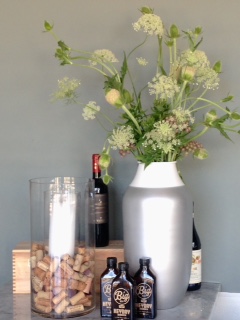
Christine Hoffman of Foxglove Market + Studio in St. Paul, Minnesota’s design for a restaurant in her community.
One of the special benefits enjoyed when you or your businesss is part of the Slow Flowers community is the sense of sharing and support among like-minded folks all over the country.
Case in point, a florist in the Midwest recently emailed to ask me for help with a bid she was developing for a restaurant in her town that wanted locally-inspired floral arrangements. She felt she couldn’t ask another florist in her market, but she suspected that a Slow Flowers designer outside her market might have the answer.
As it turns out, when she reached out to me, I had just talked about restaurant “weeklies” with a local Seattle florist. Both of these women have their businesses listed on Slowflowers.com.
It was a cinch to connect them by email and they later chatted by phone. Florist two shared her strategies with Florist one. And I love that they both experienced instant camaraderie!
The email came recently from the Midwest florist. Subject line: “It worked! Thank You!”
Thank you, Debra, for connecting me with Tess to chat about restaurant floral work…and Tess, thank you for generously offering your time and insight. After a bit of back and forth (this was new on my end and theirs!), we have come to an agreement, and I’ll be starting next week! I love having the support and expertise of the whole slow flowers “family.”
That’s so cool to hear, right?! And you do not have to go through me to get this information. You should feel free to connect any fellow Slow Flowers member for help. It’s part of that “paying it forward” philosophy, conducted with mutual respect for people’s time, talents and ideas.
I don’t always know who’s listening to these weekly podcasts but every now and then I get a glimpse of how these interviews may connect with a listener. then this past weekend, a small note appeared in my Instagram feed, from a gifted flower farmer. She wrote: “Your podcast pulled me through a tough week. Thank you for all your efforts and hard work!” I can’t tell you how much it meant to me to hear these words from an American flower farmer.
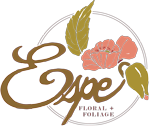 As I mentioned, today’s episode features Portland-based floral designer Elizabeth Artis.
As I mentioned, today’s episode features Portland-based floral designer Elizabeth Artis.
I met Elizabeth in a totally spontaneous way back in 2010 while working on The 5o Mile Bouquet. It was in December and with photographer David Perry I was scouting in Portland for possible subjects for the book. We knew we wanted to stop at the Oregon Flower Growers market but the rest of the trip was relatively unscheduled.
And then we ran into Elizabeth, who was there with another florist for whom she was freelancing.
The invitation was extended and soon David and I found ourselves at Jennie Greene’s flower shop to document the winter-themed arrangements she and Elizabeth were designing, of course with a decidedly local provenance.
Our friendship began there after Elizabeth and I realized we had a few mutual San Francisco florist frienesand it has been a joy to watch Elizabeth’s design journey move on from there.
Elizabeth branched out on her own a few years ago and she runs Espe Floral + Foliage from Northwest Portland with two different channels:
First, she manages the floral department at Food Front Co-Op Grocery on NW Thurman St. in Portland, a shop-within-a-shop with everything from single stems and bunches to voluptuous bouquets, available seven days-a-week during store hours (8 a.m. to 10 p.m.).
Second, she operates a design studio just around the corner, an approximately 500-square-foot space ideal for meeting with wedding clients and for producing lush, wild and amazing creations.
We recorded our interview there when I visited in late June.
Espe is committed to using local and sustainably grown flowers from small farms in the Pacific Northwest and down the coast into California.
As Elizabeth writes on her web site: “Our many friendships with these small operations guarantee quality from season to season. The selection, like the weather, changes from week to week so watch closely and see the next season on its way.”
Elizabeth is one to watch – and I love how articulate she shares her philosophy and her love of flowers.
You can connect with and follow Elizabeth at these social places:
Espe Floral + Foliage on Facebook
Espe Floral + Foliage on Instagram
Thanks for joining me today. Everything we care about in the Slow Flowers community begins when a seed is planted into the soil. When the elements of water and sunshine enrich it and stimulate roots and stem. When the flower farmer nurtures a tiny plant into a stunning, fragrant bloom. If we remember the amazing origins of the flowers we love, we can’t go wrong.
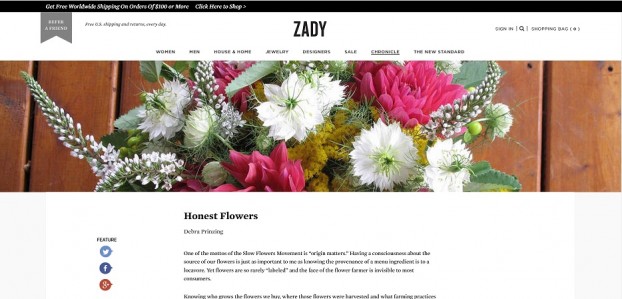 I tried to convey this sentiment in an essay that I was asked to write for the “slow fashion” company called Zady.com. Published earlier this week, I entitled the piece “Honest Flowers.”
I tried to convey this sentiment in an essay that I was asked to write for the “slow fashion” company called Zady.com. Published earlier this week, I entitled the piece “Honest Flowers.”
Here are a few of the sentences that I wrote. I’m so pleased that the team at Zady understands how essential it is to think about the ethical choices we make as both consumers of fashion and flowers:
What I wrote may sound familiar to those in our community, but I will share one excerpt nonetheless:
One of the mottos of the Slow Flowers Movement is “origin matters.” Having a consciousness about the source of our flowers is just as important to me as knowing the provenance of a menu ingredient is to a locavore. Yet flowers are so rarely “labeled” and the face of the flower farmer is invisible to most consumers.
Knowing who grows the flowers we buy, where those flowers were harvested and what farming practices were employed to transform a handful of seeds into a flourishing bouquet is increasingly important, especially at this time when 80 percent of the cut flowers sold in the U.S. are imported. The result of having low-cost flower imports has lead to a 58% decline in U.S. flower farms since 1992.
Getting to share the cause for American grown flowers offered me a chance to reach 100,000 Zady customers, people who may never have considered the way a flower travels from its origins to their vase. So I’m grateful for the opportunity.
Listeners like you have downloaded this podcast nearly 60,000 times. THANK YOU to each and every one of you for downloading, listening, commenting and sharing. It means so much.
Until next week, you’re invited to join me in putting more American grown flowers on the table, one vase at a time. And If you like what you hear, please consider logging onto Itunes and posting a listener review.
The content and opinions expressed here are either mine alone or those of my guests alone, independent of any podcast sponsor or other person, company or organization.
The Slow Flowers Podcast is engineered and edited by Andrew Wheatley and Hannah Holtgeerts. Learn more about their work at shellandtree.com.









